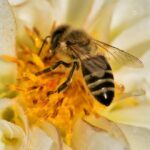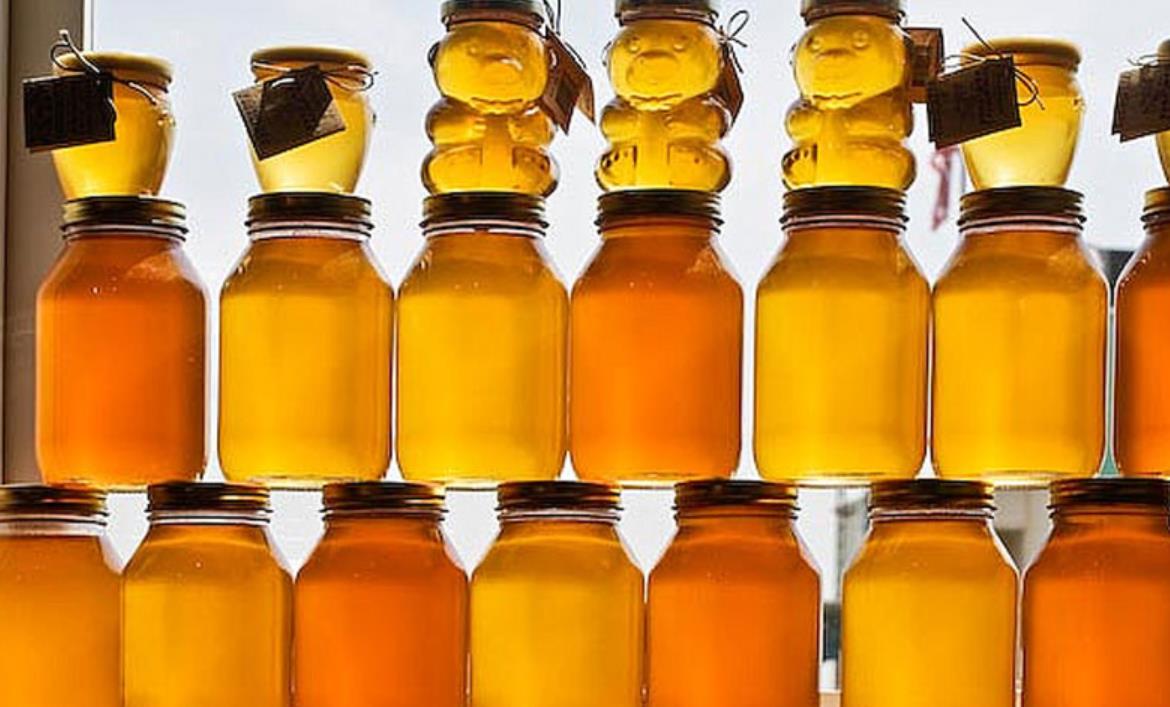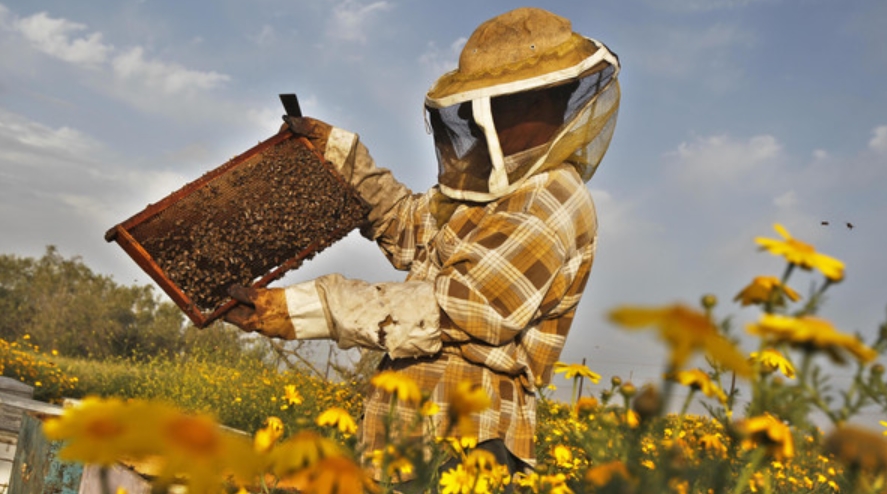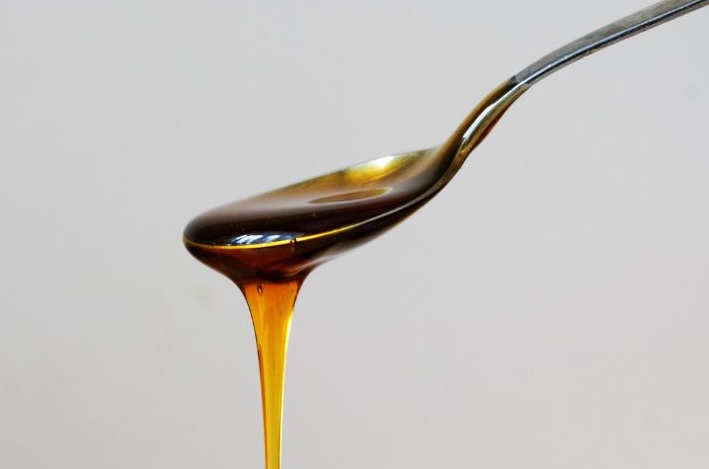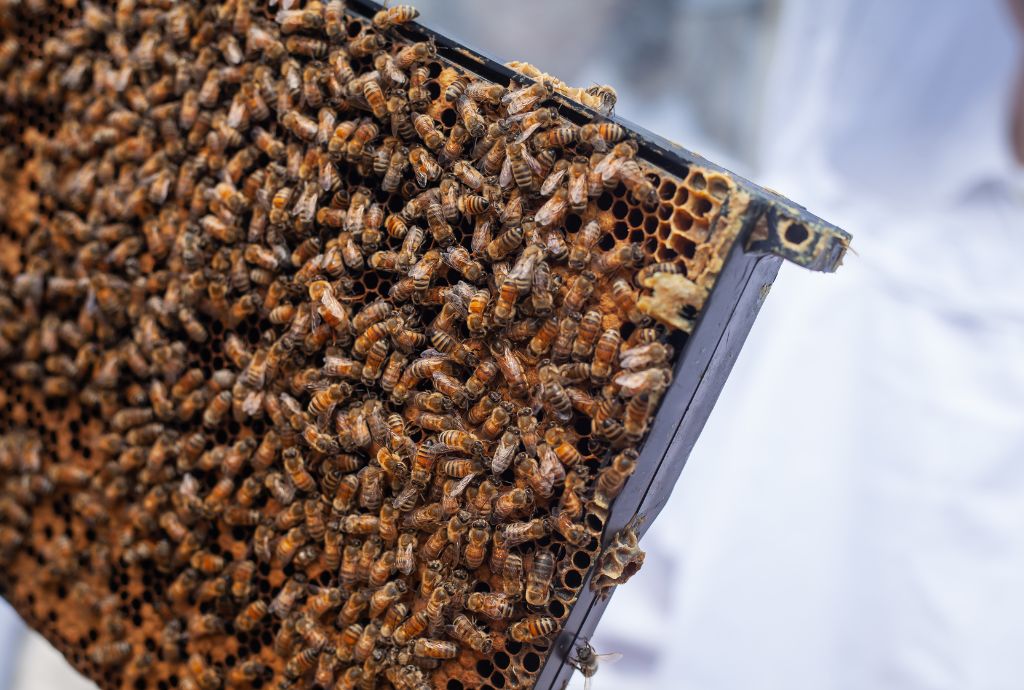
Honey bees, remarkable creatures that play a crucial role in pollination, have a fascinating lifecycle that varies significantly depending on their role within the hive. Understanding how long a honey bee lives requires a closer look at the different types of bees within a colony: the queen, the workers, and the drones. Each of these bees has a distinct role and a different lifespan, influenced by various factors such as their environment, the season, and the specific duties they perform.
A honey bee’s life begins as an egg, carefully laid by the queen in a meticulously maintained hive. The journey from egg to adult bee involves several stages, including the larval and pupal phases, each critical for the development of a healthy bee. However, once they emerge as adults, the lifespan of honey bees diverges significantly based on their caste. While queens can live for several years, worker bees and drones have much shorter lifespans, often measured in weeks or months. This variation is a testament to the specialized roles and evolutionary adaptations that honey bees have developed to ensure the survival and efficiency of the colony.
Table of Contents
The Lifespan of a Honey Bee
The Queen Bee
The queen bee is the heart of the hive, responsible for laying all the eggs that will become the next generation of bees. Her lifespan can range from two to five years, depending on various factors, including the health of the hive and the availability of resources. A queen is typically the longest-lived member of the colony, as her primary role is to reproduce. During her lifetime, a queen can lay thousands of eggs, ensuring the continuity of the hive. However, her productivity and health are closely monitored by the worker bees, who may decide to replace her if she becomes less fertile.
Worker Bees
Worker bees are the backbone of the hive, performing a myriad of tasks that keep the colony running smoothly. Their lifespan varies greatly depending on the time of year and the demands placed upon them. During the busy summer months, when the hive is active and resources are abundant, worker bees may only live for about six weeks. This is due to the intense workload they endure, which includes foraging for nectar and pollen, feeding the larvae, maintaining the hive, and defending it from threats. In contrast, worker bees born in the autumn can live for several months, surviving through the winter when the hive is less active and conserving resources is crucial.
Drones
Drones, the male bees of the colony, have a singular purpose: to mate with a virgin queen. Their lifespan is notably shorter than that of the queens and workers, typically ranging from a few weeks to a few months. Drones are reared in the spring and summer and are often expelled from the hive before winter, as they are not needed during the colder months and consume valuable resources. Their life is relatively brief and focused on reproduction, after which they die shortly after mating or are ejected from the hive to conserve food.
Factors Influencing Honey Bee Lifespan
Seasonal Variations
The time of year has a significant impact on the lifespan of honey bees. Worker bees born during the spring and summer face more strenuous tasks and have shorter lives due to the demands of foraging and hive maintenance. Conversely, bees born in the autumn tend to live longer as their primary role is to survive the winter and restart the colony’s activities in the spring.
Environmental Conditions
Environmental factors, such as climate, availability of food resources, and exposure to pesticides, can also influence the lifespan of honey bees. Harsh weather conditions and poor foraging opportunities can stress the bees and reduce their lifespan. Additionally, exposure to harmful chemicals can weaken the bees and shorten their life expectancy.
Hive Health
The overall health of the hive plays a crucial role in the longevity of its members. A well-maintained hive with a healthy queen and ample resources can support a longer lifespan for its bees. Diseases and parasites, such as the Varroa destructor mite, can significantly impact bee health and reduce their lifespan.
Human Impact
Beekeeping practices and agricultural activities can both positively and negatively affect honey bee lifespans. Sustainable beekeeping practices that ensure the health and well-being of the hive can extend the lives of bees. Conversely, intensive agricultural practices that involve the use of pesticides can harm bees and shorten their lifespan.
Understanding the factors that influence the lifespan of honey bees is essential for their conservation and for maintaining healthy, productive hives. By fostering a supportive environment and practicing sustainable beekeeping, we can help ensure the longevity and health of these vital pollinators.
The Queen Bee’s Lifecycle
Mating and Egg-laying
The lifecycle of a queen bee begins with her emergence from a specially constructed queen cell, which is larger and different from the cells used for workers and drones. Shortly after emerging, the young queen embarks on a mating flight, during which she mates with multiple drones. This mating process typically occurs within the first two weeks of her life and is crucial for her ability to lay fertilized eggs throughout her life. After mating, the queen returns to the hive and begins her primary role of egg-laying. A healthy, productive queen can lay up to 2,000 eggs per day during peak season, ensuring a steady supply of new bees to support the colony.
Replacement and Supercedure
Despite their longer lifespan, queens are not immortal. Over time, a queen’s productivity may decline, or she may become less effective in maintaining the hive’s pheromonal balance. When this happens, the worker bees initiate a process known as supercedure, where they rear a new queen to replace the old one. This process ensures the continuous productivity and health of the hive. Sometimes, a queen may also be replaced if the hive is preparing to swarm, a natural process of colony reproduction, where the old queen leaves with a portion of the bees to establish a new hive.
Worker Bees’ Duties and Lifespan
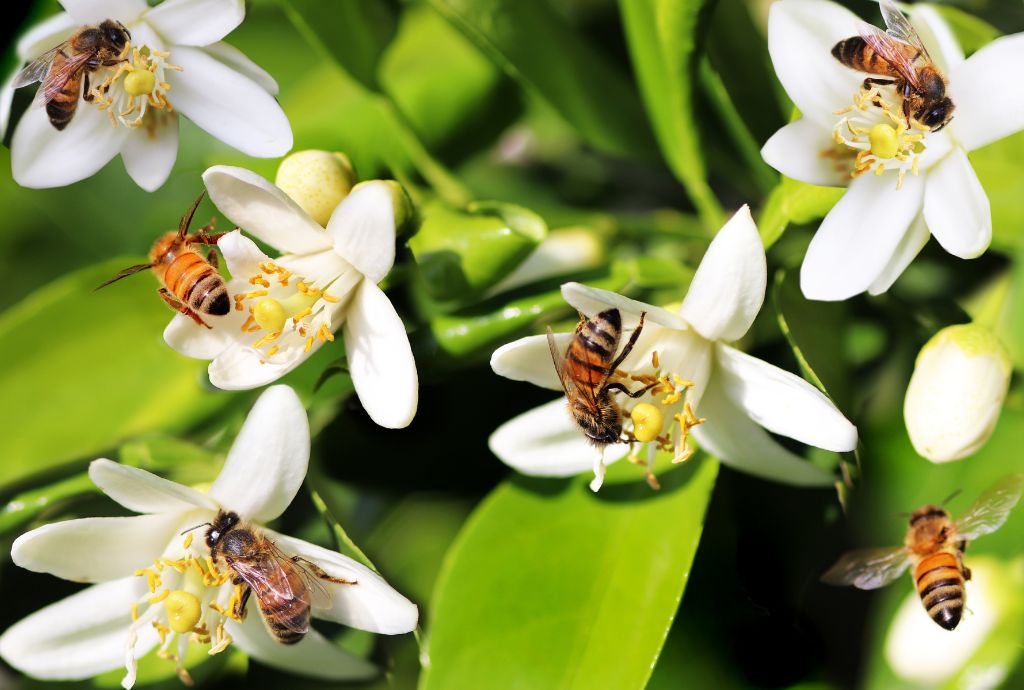
Roles and Responsibilities
Worker bees, the most numerous members of the hive, are female bees that do not reproduce. Their lifespan and duties are highly dependent on their age. Young worker bees start their lives performing tasks inside the hive, such as cleaning cells, feeding the larvae, and attending to the queen. As they age, they progress to roles that take them outside the hive, such as guarding the entrance and foraging for nectar, pollen, and water. This division of labor ensures the efficiency and survival of the hive, with each bee contributing to its overall function and well-being.
Foraging and Seasonal Impact
Foraging is one of the most energy-intensive and dangerous tasks for worker bees. During the active months of spring and summer, foragers work tirelessly to gather food, often flying long distances and making numerous trips each day. This intense activity shortens their lifespan to about six weeks. However, in the autumn and winter, when the hive’s activities slow down, worker bees live longer, often several months, as their primary role shifts to maintaining the hive and conserving resources to ensure the colony’s survival through the cold months.
The Drone’s Role and Life Cycle
Mating Flights
Drones, the male bees of the colony, have a single, vital purpose: to mate with a virgin queen from another hive. Drones do not forage or perform any hive maintenance tasks. Instead, they spend their lives eating and preparing for mating flights. During the spring and summer, drones fly out of the hive in search of queens to mate with. Successful mating results in the death of the drone, as the act of mating is fatal. Those that do not mate eventually die or are expelled from the hive by the worker bees as winter approaches.
Seasonal Ejection
As the seasons change and the hive prepares for winter, drones become a burden to the colony. They consume resources but do not contribute to the hive’s survival during the colder months. Consequently, worker bees drive the drones out of the hive in a process known as “drone eviction.” This ensures that the limited resources available are conserved for the queen and worker bees, who are essential for the hive’s continuation.
Conclusion
The lifespan of a honey bee is a complex interplay of its role within the hive, environmental conditions, and the season. Queens, workers, and drones each have distinct lifespans and responsibilities that are crucial for the survival and efficiency of the hive. By understanding these dynamics, beekeepers and conservationists can better support honey bee populations, ensuring their health and longevity. Sustainable practices and mindful stewardship of the environment are key to maintaining the delicate balance that allows these remarkable insects to thrive.
